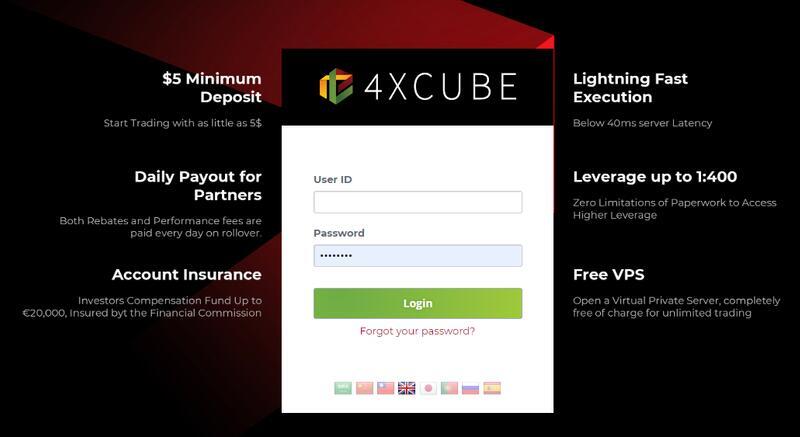
A liability is any money that a company owes to outside parties, from bills it has to pay to suppliers to interest on bonds issued to creditors to rent, utilities and salaries. Current liabilities are due within one year and are listed in order of their due date. Long-term liabilities, on the other hand, are due at any point after one year. Banks also earn interest from investing cash in short-term securities like U.S. Treasuries and from fees charged for their products and services such as wealth management advice, checking account fees, overdraft fees, ATM fees, interest, and credit cards.

A bank balance sheet is a key way to draw conclusions regarding a bank’s business and the resources used to be able to finance lending. The volume of business of a bank is included in its balance sheet for both assets (lending) and liabilities (customer deposits or other financial instruments). This process might happen https://online-accounting.net/ with a single transaction, or it could involve numerous stages for ongoing delivery of a service. When this happens, accounting can become increasingly complicated. It’s a good idea to invest in accounting software like Xero or Salesforce to make sure your assets and liabilities are recorded in the correct accounts.
Customer deposit definition
The Customer Balance Summary report is merely based on A/R, not on any prepayments that set in a liability account. Let’s pull up a summary of the liability account instead and customize it by the customer. Total assets is calculated as the sum of all short-term, long-term, and other assets.
These revenues will be balanced on the assets side, appearing as cash, investments, inventory, or other assets. A typical balance sheet consists of the core accounting equation, assets equal liabilities plus equity. Under these accounts, non-banking companies may have other large classes such as PP&E, intangible assets, current assets, accounts receivables, accounts payables, and such.
Liabilities
Some customer deposits can be paid before processing the order, and when this happens, it happens directly into QuickBooks. The process starts with creating an invoice and synchronizing it to get the final accurate invoice. It has become a more manageable process using technology; all customer deposit accounting is done from one central point. A customer deposit is money from a customer to a company before the company earns it. It is a simple cycle whereby when the company receives cash from a customer and in return, they need to supply goods and services or return the money.
However, the extraordinary economic gains that are possible through money and banking also suggest some possible corresponding dangers. If banks are not working well, it sets off a decline in convenience and safety of transactions throughout the economy. The net worth of a bank is defined as its total assets minus its total liabilities. For the Safe and Secure Bank shown in Figure 1, net worth is equal to $1 million; that is, $11 million in assets minus $10 million in liabilities.
- You can create invoices, accept deposit payments, and monitor your accounts all with a joined-up workflow.
- Banks invest those funds in securities or extend loans to companies and consumers.
- However, if a widespread recession occurs that touches many industries and geographic areas, diversification will not help.
- Total liabilities is calculated as the sum of all short-term, long-term and other liabilities.
- Compared with the alternative of barter, money makes market exchanges vastly easier in goods, labor, and financial markets.
- In reading all the other help answers yours is the only logical one to use.
Double check with the local sales tax authority to make sure that they don’t require you to collect sales tax on deposits. Just like accounts receivables and bad debt expense, a company must prepare in the event that borrowers are not able to pay off their loans. These bad pieces of credit are written off in the income statement as a provision for credit loss. Interest revenue captures the interest payments the bank receives on the loans it issues. Other times, this line will consolidate gross interest revenue and deduct interest expense to find net interest revenue.
Financial Statements for Banks
Thus, diversification of loans can help banks to keep a positive net worth. However, if a widespread recession occurs that touches many industries and geographic areas, diversification will not help. A company usually must provide a balance sheet to a lender in order to secure a business loan. A company must also usually provide a balance sheet to private investors when attempting to secure private equity funding. In both cases, the external party wants to assess the financial health of a company, the creditworthiness of the business, and whether the company will be able to repay its short-term debts.

A bank’s revenue is the total of the net interest income and non-interest income. In the first example, you own the cash, because you have done the work, so you have “earnt” the income. Find out more from GoCardless to help you with ad hoc payments or recurring payments. GoCardless will sort your automated payment collection, cutting down on the amount of admin your team needs to deal with when chasing invoices. GoCardless is a global payments solution that helps you automate payment collection, cutting down on the amount of financial admin your team needs to deal with. Find out how GoCardless can help you with one-off or recurring payments.
What is a Customer Deposit
Changes in interest rates may affect the volume of certain types of banking activities that generate fee-related income. The volume of residential mortgage loan originations typically declines as interest rates rise, resulting in lower originating fees. Banks tend to earn more interest income on variable-rate loans since they can increase the rate they charge borrowers, as in the case of credit cards.
When you invoice the customer and receive payment against it, you’ll turn that liability into income. When a business places a security deposit – that is, it gives someone else money to hold against possible future charges – the deposit is listed as an asset on its balance sheet. It might be entered as something like “Security Deposits Receivable.” Say the company placed a $1,000 security deposit when it rented a piece of equipment. Although that money is not in the company’s hands, it still expects to get the money back when it returns the equipment.
The interest rate environment can also impact non-interest earning areas of a bank’s business. In a high-interest rate environment, consumers may not wish to purchase homes as they would be paying higher rates of interest on their mortgage. As such, demands for mortgages will decrease and any non-interest income, such as mortgage-related fees, will decrease as well. Furthermore, banks are held to many regulatory requirements, which alter the nature of their balance sheet. Banks are meant to keep reserve requirements; a percentage of their deposits that are unencumbered overnight. I have a invitation business and cannot figure out how to record a deposit so that I am paying the correct sales tax.
Once a deposit’s received, the company then is obligated to provide the goods or services as promised. The company receiving a customer deposit initially records the deposit as a liability. Once the company performs under its contract with the customer, it debits the what are bonds payable liability account to eliminate the liability, and credits a revenue account to record the sale. This may occur in stages, if deliverables are sent out over a period of time. Some businesses receive retainers or deposits from customers before performing any services.
Most Turkey depositors returned to forex after leaving lira scheme – Reuters.com
Most Turkey depositors returned to forex after leaving lira scheme.
Posted: Mon, 04 Sep 2023 13:45:00 GMT [source]
Since the bank is not earning this money, the amount is recorded by the bank with a debit to Cash and a credit to Customer Deposits. Credit risk arises when a bank makes a loan to an individual or company. The risk is that the borrower may default and not be able to pay the loan back. Banks perform a thorough analysis of a borrower before making a loan to mitigate credit risk, yet, unforeseen defaults still occur. A default results in losses for a bank, though they do set aside reserves to meet these losses.
What Are the Uses of a Balance Sheet?
For this reason, a balance alone may not paint the full picture of a company’s financial health. Investors can get a sense of a company’s financial well-being by using a number of ratios that can be derived from a balance sheet, including the debt-to-equity ratio and the acid-test ratio, along with many others. The income statement and statement of cash flows also provide valuable context for assessing a company’s finances, as do any notes or addenda in an earnings report that might refer back to the balance sheet. Interest rate risk is the spread between interest paid on deposits and received on loans over time.